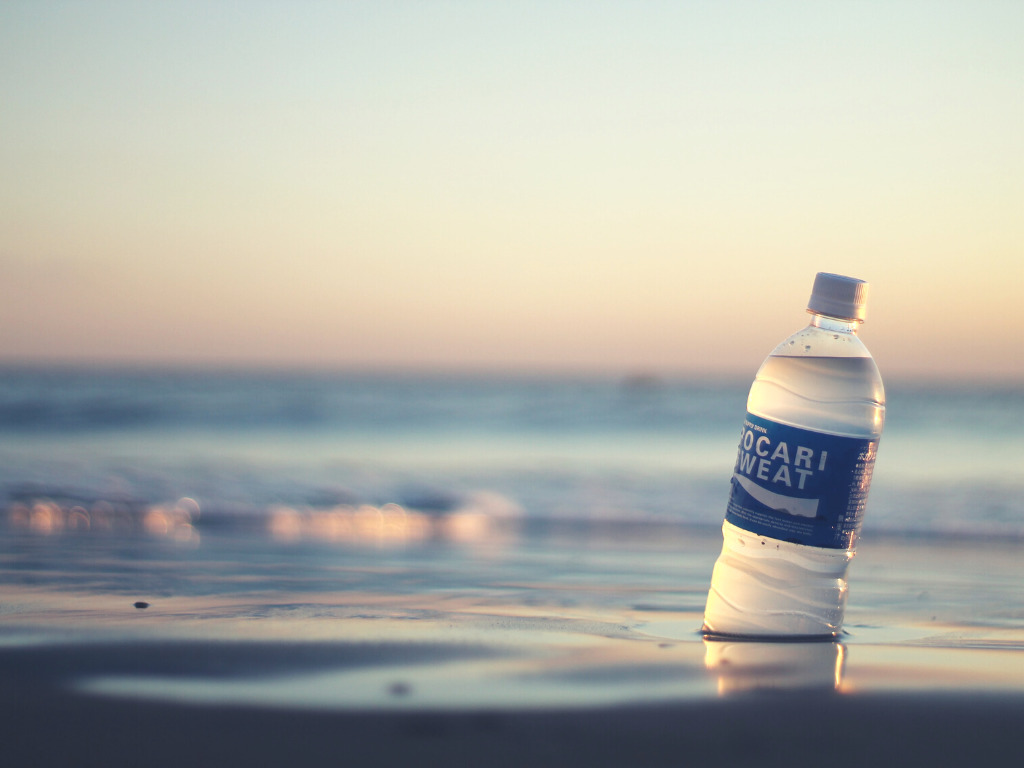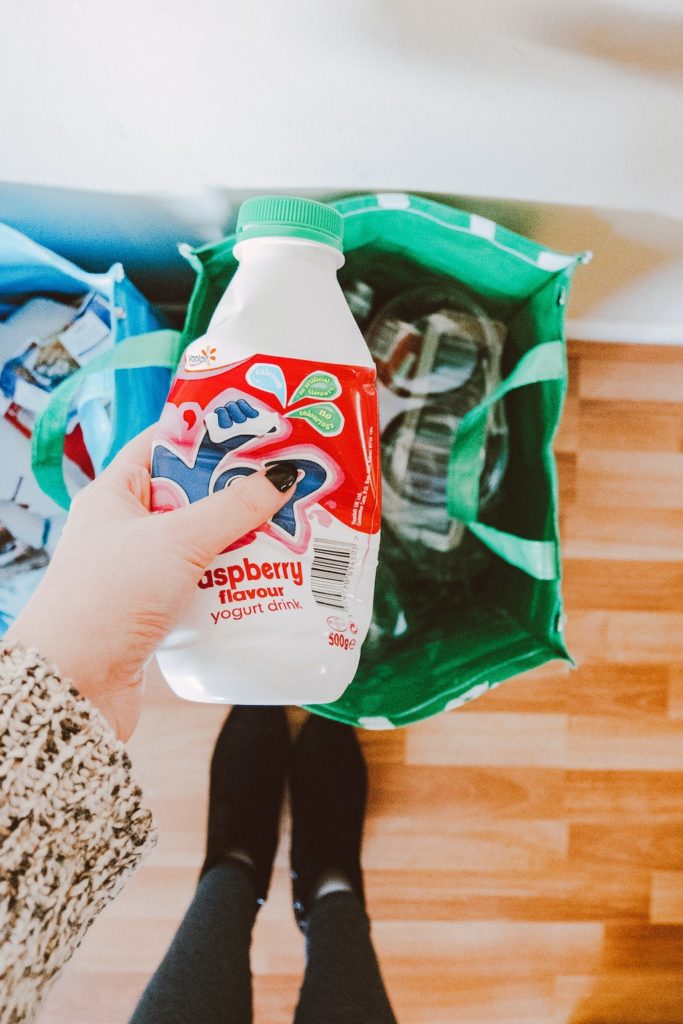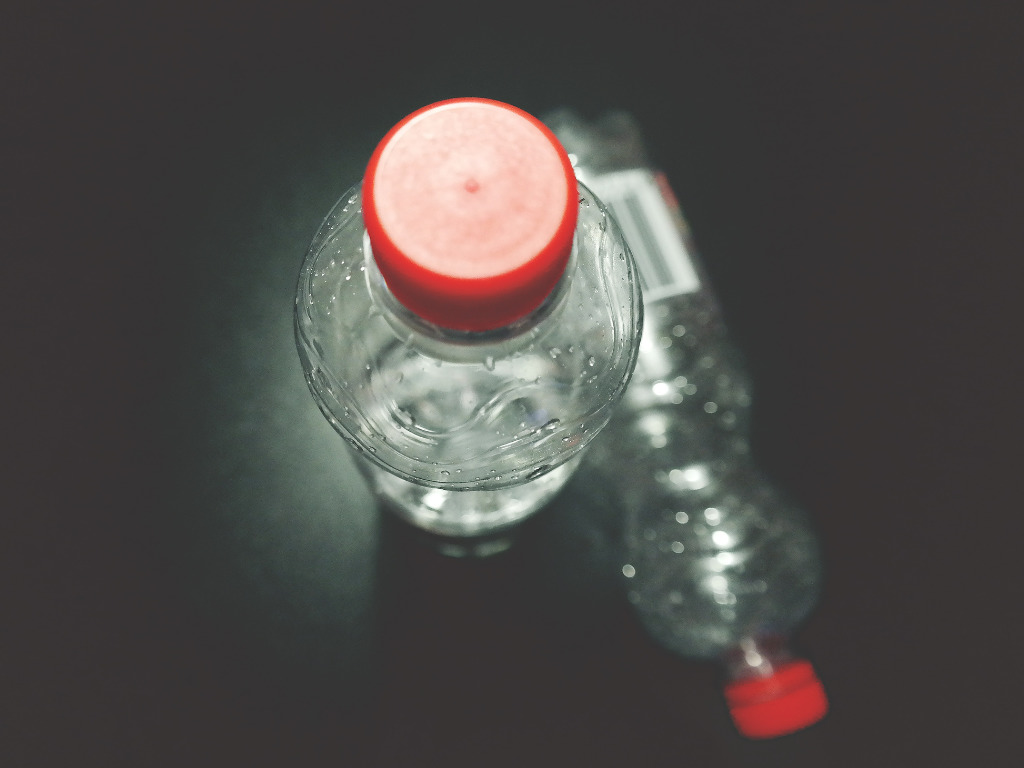Forget Recycling Plastic, New Study Says Upcycling Is More Effective
3 Mins Read
New research points to the benefits of upcycling plastic instead of recycling in order to keep it out of waterways.
Findings published in the journal Proceedings of the National Academy of Sciences suggest a major shift in how we look at handling plastic waste. The research paper, “Functional Enzyme-Polymer Complexes,” was led by a Northwestern University team and supported by the U.S. Department of Energy, Office of Basic Energy Sciences.
The findings conclude that upcycling may improve global plastic recovery rates significantly while also providing a waste removal component.
Currently, less than ten percent of plastic products are properly recycled—that’s if they can even be recycled at all. The researchers say that instead of pushing for more recycling, the benefits of breaking down the plastics by deconstructing and rebuilding their polymers, could be significantly more effective. This, the research team says, will drive breakthroughs in biotechnology, bioremediation, and medicine.
Recycling vs. Upcycling
According to Northwestern researcher and lead author of the study, Monica Olvera de la Cruz, recycling sees plastic exposed to heat before being broken down into poorer quality plastic, whereas by upcycling polymers, the end product can be even sturdier than its predecessor.
“People have discovered an enzyme — a bacteria that eats polyester to survive and converts it into monomeric units,” Olvera de la Cruz said. “But they haven’t been able to use it because it breaks down at a certain temperature. Our idea was to build polymers capable of encapsulating the enzyme to protect its structure, so that it can continue to function outside of living cells and in the lab at sufficiently high temperatures to be able to break down PET.”

Olvera de la Cruz’s team used an enzyme that can be synthesized in a lab and processed without using solvents. The discovery could also help spur solutions to removing microplastics from rivers and oceans, the research team says.
The team designed a polymer that’s able to withstand heat without unraveling. It includes a water-repelling component as well as elements that work with the active parts of the enzyme.
“We found that if you put the complex of the polymer with the enzyme together, and close to a plastic, and then you heat it up slightly, the enzyme was able to break it down into small, monomeric units,” Olvera de la Cruz said. “In addition to operating in an environment like where it could clean microplastics, our method has protected against high-temperature degradation, and one student was able to do the testing.”
The researchers say discovering a way to protect the enzyme from heat could allow for the encapsulation of microplastics to create an aggregate.
“You can make a new polymer with the monomeric units,” Olvera de la Cruz said. “These are dangerous things that are bad for our health. We don’t need to make more. You can reuse the ones already here to make an equally good plastic — or better.”
Plastic policy
The findings come after U.N. member nations agreed last month to a global resolution aimed at reducing plastic waste.
“This is the most significant environmental multilateral deal since the Paris accord,” said Inger Andersen, executive director of the U.N. Environment Program. “It is an insurance policy for this generation and future ones, so they may live with plastic and not be doomed by it.”

Nearly 11 million metric tons of plastic wind up in rivers, lakes, and oceans every year. Experts suggest that at this pace, plastic will outnumber fish in the world’s oceans by midcentury.
Plastic production is responsible for at least five percent of all global greenhouse emissions. The U.S. is the world’s biggest plastic producer, with approximately 287 pounds of plastic for every person.



